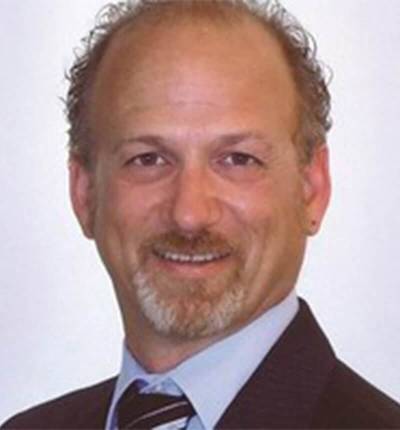Case Study: Implementing Enterprise Architecture at ATT Mexico
By Chris Armstrong Sparx Systems North America | Nathalie Pelser ATT Mexico
In this session, the presenters, Nathalie Pelser (ATT MX EA Director) and Chris Armstrong (SSNA President/Chief Architect), will discuss the journey of modernizing the EA practice at ATT Mexico started in 2022. In addition to establishing a new EA practice based on industry standards and best practices (TOGAF, ArchiMate, TM Forum Open Digital Framework), ATT MX also established a cloud-based implementation of their EA repository -- Empresarial Repositorio de Arquitectura (ERA-MX) -- using Sparx Systems Enterprise Architect, Pro Cloud Server, and Prolaborate. This session will focus on the implementation of the Sparx Systems Architecture Platform that includes a custom integration with ServiceNow APM, PPM, SAfe, and CMDB modules.
Session Recording
Questions and Answers
Currently we are using our ModelFlow EA ETL tool to load API metadata via a CSV export from WSO2. Once we get approval from the security team, we will be using the WSO2 Publisher REST APIs (similar to how we pull data from ServiceNow via its Table REST API).
Moving changes from the Architecture Repository (current baseline architecture descriptions) to the Architecture/Engineering project folders is achieved by using an enhanced cloning feature (very similar idea to the built-in Time Aware Modeling feature). Among other things, this enhanced feature allows for comparison of a cloned element to any of its previous versions and later versions (currently done via reporting). As to moving the new changes from the project-level back to the "re base lined" architecture in the Architecture Repository, we are working on some automation to assist with that, but for the moment it is reconciled manually.
We selected TOGAF as it is the premiere global standard for defining the profession of Enterprise Architecture. In 2023, there's no reason to spend architect's precious time re-inventing what EA is much better strategy is to adopt industry standards and then adapt them to your organization and industry. This provides:
#1 Increased Sustainability
#1 Increased Sustainability
- Lower cost and shorter time of initial adoption
- Widespread availability of knowledgeable employees, contractors, and vendors
- Lower cost of maintenance,
- Apply proven best practices
- Widespread adoption across industry
- Availability of certified services and tools
Yes, exploiting multiple, independent industry standards in architecture is becoming more prevalent. Ultimately we take an EA approach to solve this problem by looking at the metamodels for each standard (which sometime requires building one if not provided by the source organization) and then weaving that together in a "fit-for-purpose" metamodel that addresses the client's specific requirements. Sometimes there was clear alignment and separation of concerns, sometimes we merged two things together, and other times we created to new concepts to bridge the gap.
Speakers Bio

Chris Armstrong
SPARX SYSTEMS NORTH AMERICA
